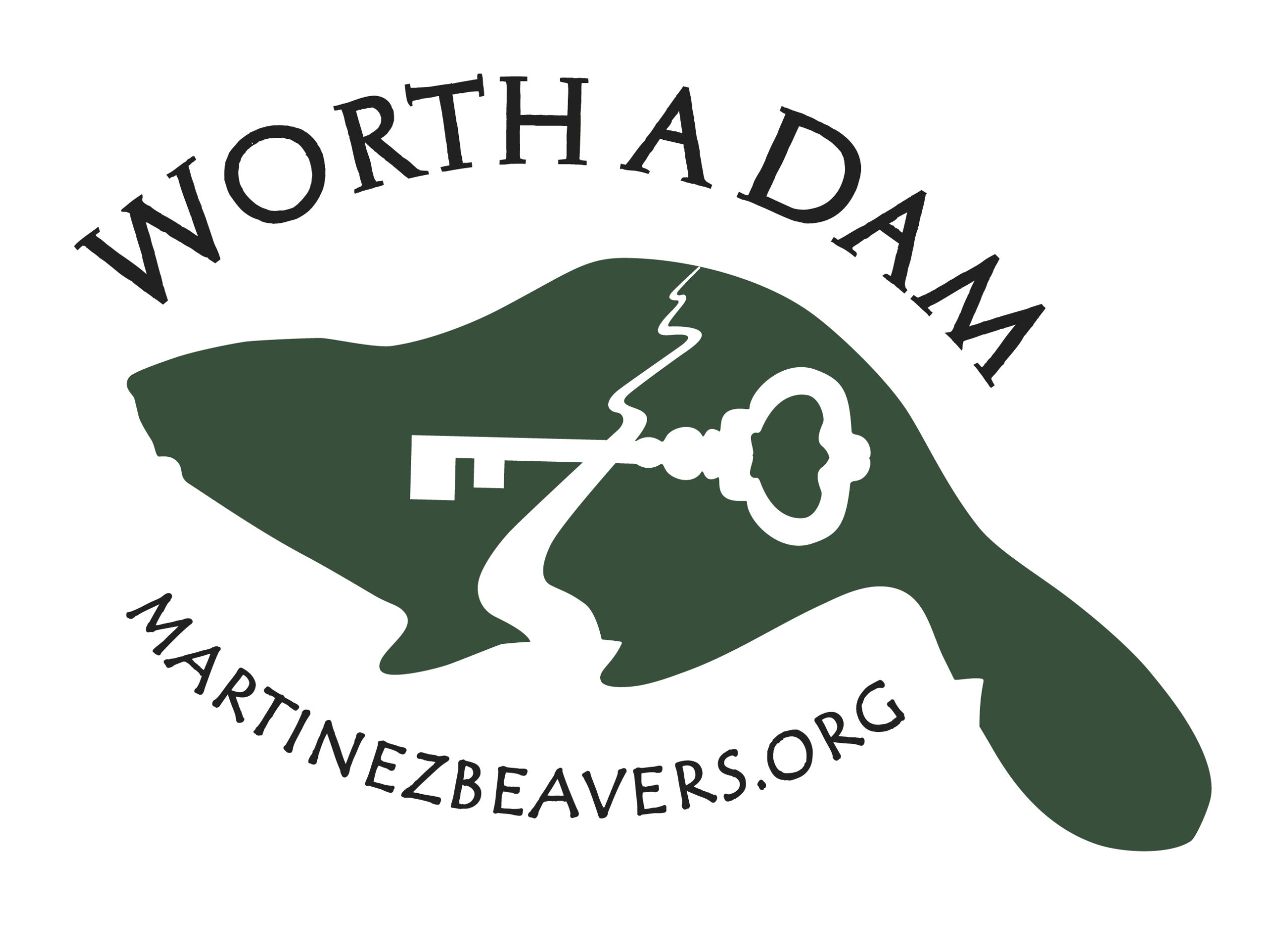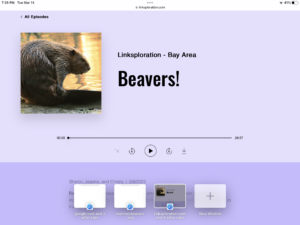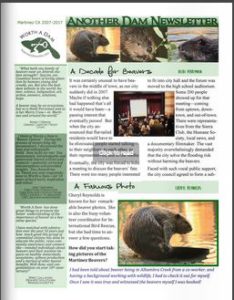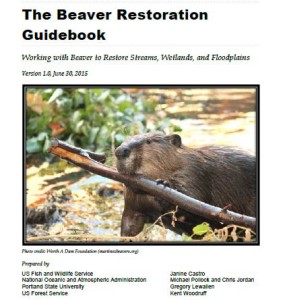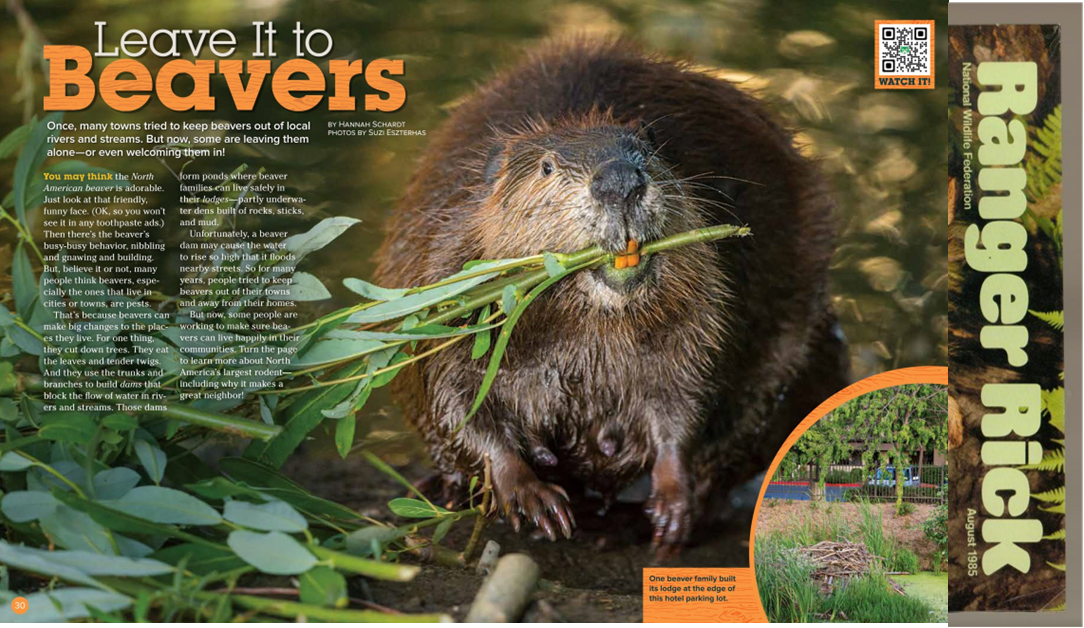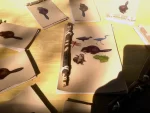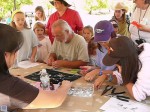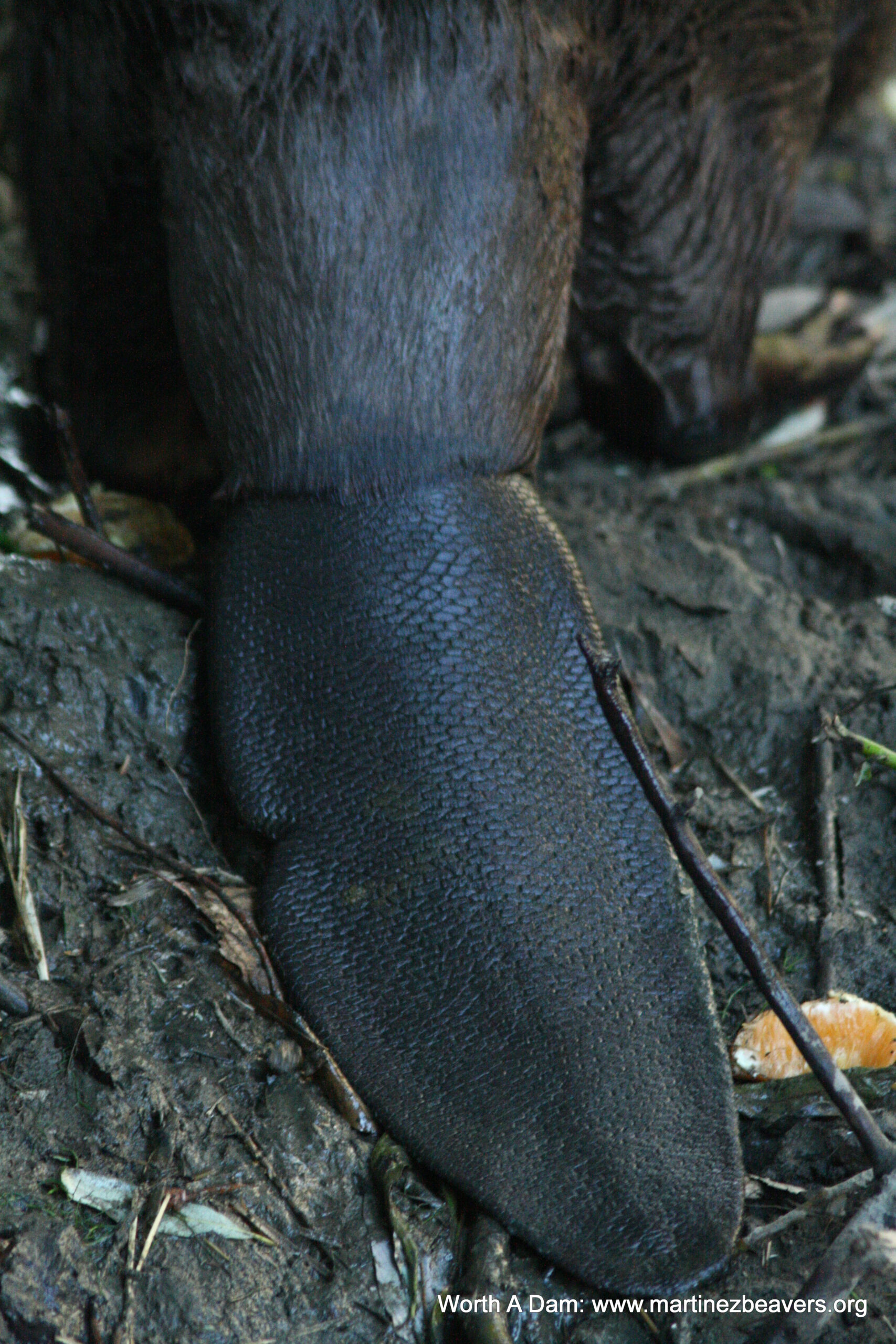
Dean Normal is a well known comic artist published for years in Ohio and midwest papers. He is the author of several children’s books. He is now 94 years old and sent me these beavers comics that he has never been able to sell professionally. He has a lifelong love of beavers and gave his permission to share them here. Use the arrows to click through all the pages. I think you are really going to enjoy them.
Whose Woods are TheseMore bipolar event planning. Good news. bad mews. Well it will either be the best beaver festival ever or it won’t. At least there’s wonderful news on this Friday morning.
How beavers are helping to restore wetlands around Portland
Wetlands throughout the Portland area are flourishing, and floodplains are being restored, thanks to the work of an often-unsung, semi-aquatic rodent.
Why it matters: Beavers are quietly reshaping the Portland metro, restoring wetlands that boost native wildlife, filter our water and create natural buffers against floods and wildfires — all crucial as the region faces increasing urban expansion and a shifting climate.
Stunning stat: The Willamette Valley has lost an estimated 57% of its historical wetland habitat since European colonization, mostly due to development.
What they’re saying: Beavers represent a natural solution to a set of problems created by humans, said Stephanie Wagner, founder of the Oswego Lake Watershed Council.
Well it’s wonderful to see folks be so probeaver in Portand. I can remember when the beaver state was a pretty darn hard place to be a beaver.
We are part of a natural system, and the more we understand how those natural systems work, the more we can reduce any harm that we do,” she told Axios. “We need to see ourselves as a part of that system and not as something separate from it.”
Case in point: In 2017, Washington County’s Fern Creek was narrow, straight and overgrown with non-native Reed canary grass, said Mike Conroy, habitat conservation specialist with the Tualatin Soil and Water Conservation District.
Over several years, the district worked with the private land owner to rehab the area — removing the invasive grasses, replanting native plants and putting logs on the landscape.
Shortly thereafter, a beaver colony living nearby moved in.
“Within two years, we were seeing dam building, which is way quicker than we expected,” Conroy told Axios.
The beavers slowed the flow of the creek and created a floodplain, converting roughly 15 acres of non-native grasses to wetlands, Conroy said.
Two whole years? It took two whole year! Those are some laze beavers you got there. Two whole nights is more like it!
Zoom in: Out near Gresham, something similar happened on an overgrown section of the North Fork of Johnson Creek, said Chelsea White-Brainard, engagement coordinator for the East Multnomah Soil and Water Conservation District.
They took out the blackberries that had swamped the creek, and beavers moved in and began building dams.
The creek was transformed from a narrow channel into wide, meandering pools, attracting herons, coyotes and raptors that help with rodent control on nearby farms.
“We built the habitat for the beaver, and then the beaver built the habitat for everybody else,” White-Brainard told Axios.
In Lake Oswego, the water council is now planning to partner with high school students to bring in native plants along both Springbrook and Pecan creeks around Lake Oswego with the hopes of attracting beavers, Wagner told Axios.
Yes, but: Beaver dams can flood the crops of farms near creeks and streams, and they’ve been known to eat the crops themselves, so creating habitat for them has to be done in areas where they won’t harm agriculture nearby, Conroy said.
The bottom line: “It really is just a matter of humans coexisting with beavers, and recognizing the benefits that they provide,” White-Brainard said.
Yes. If you care about anything that needs water to survive, you should care about beavers. End of story.
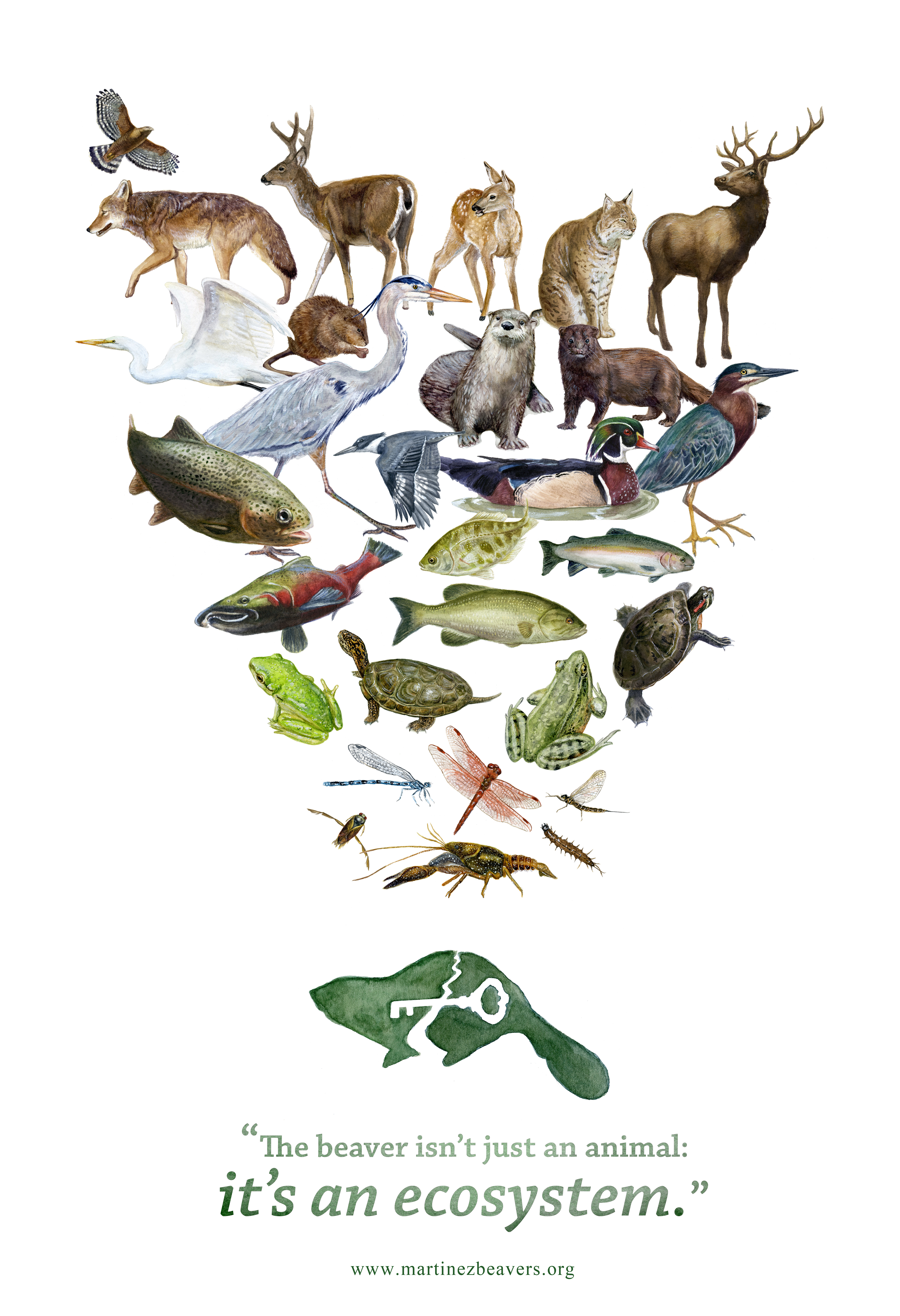
The Acorn MusEcology Project
presents, in concert ~
BEAVERS
Saturday • June 28 • 5 PM
Piedmont Center for the Arts
801 Magnolia Avenue, Piedmont, CA
Tickets – $25.00 Children 12 and under – free
Tickets and info ~ https://acornsings.org
Advance ticket purchase is encouraged, thank you

